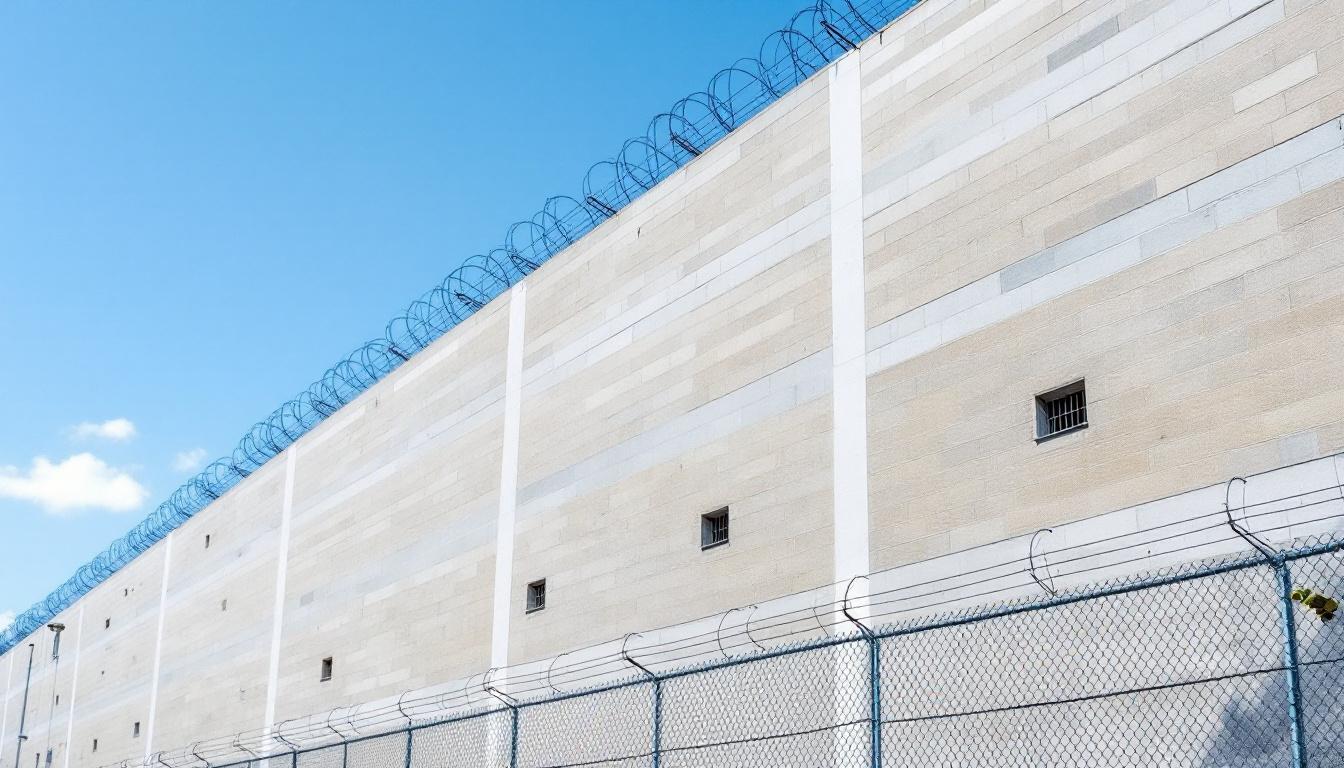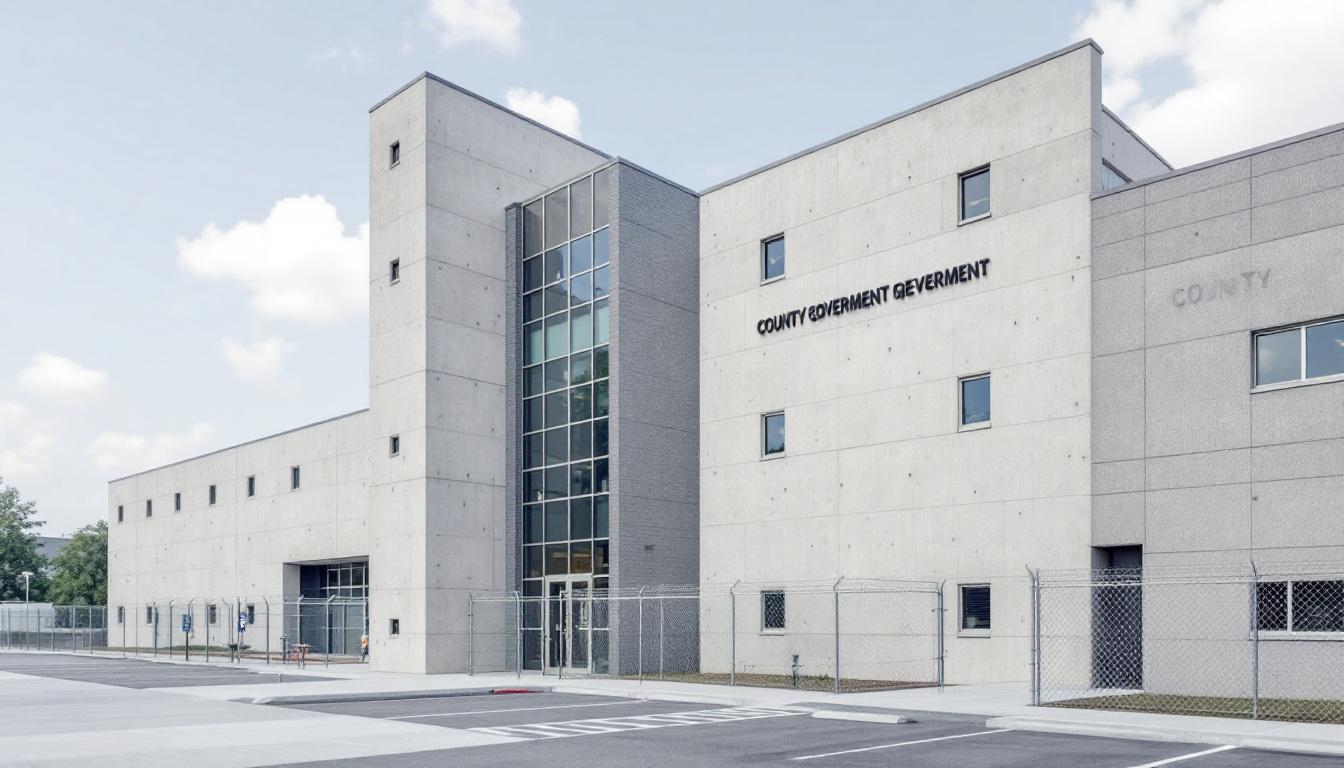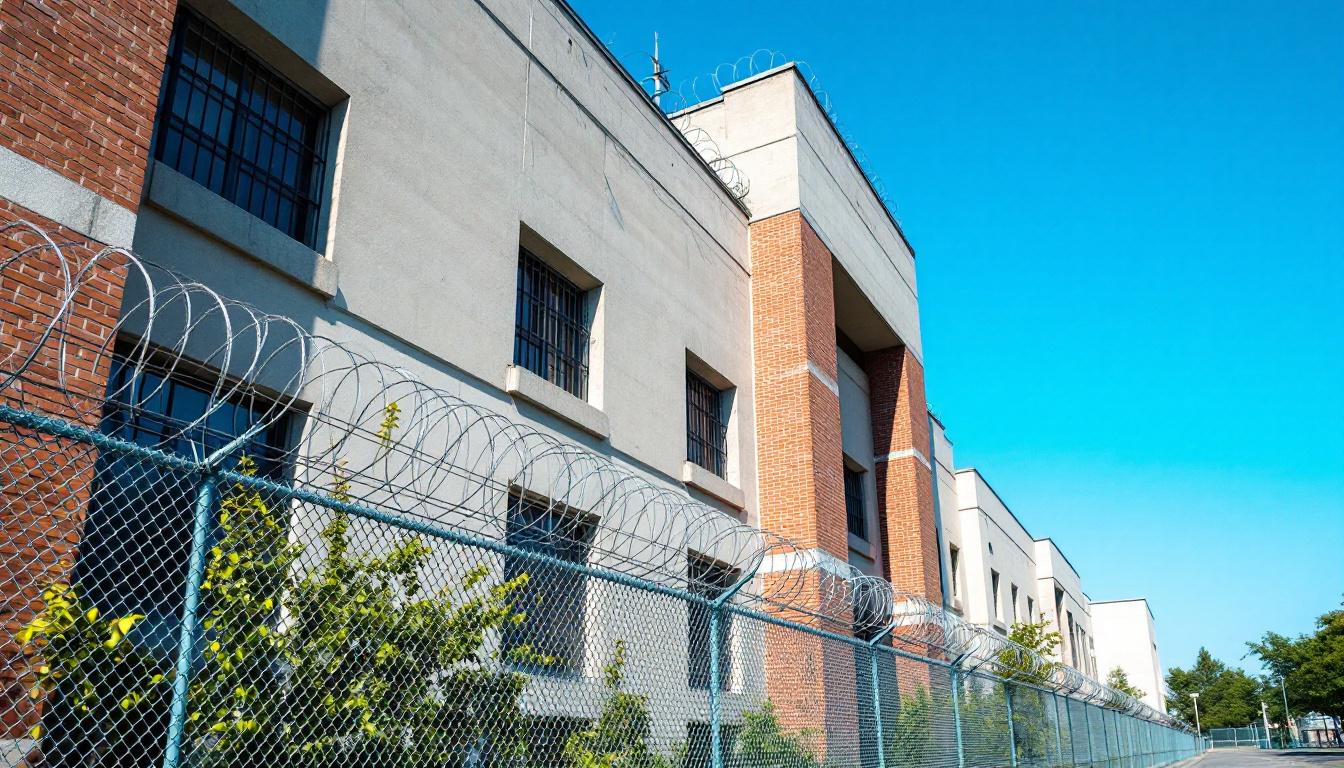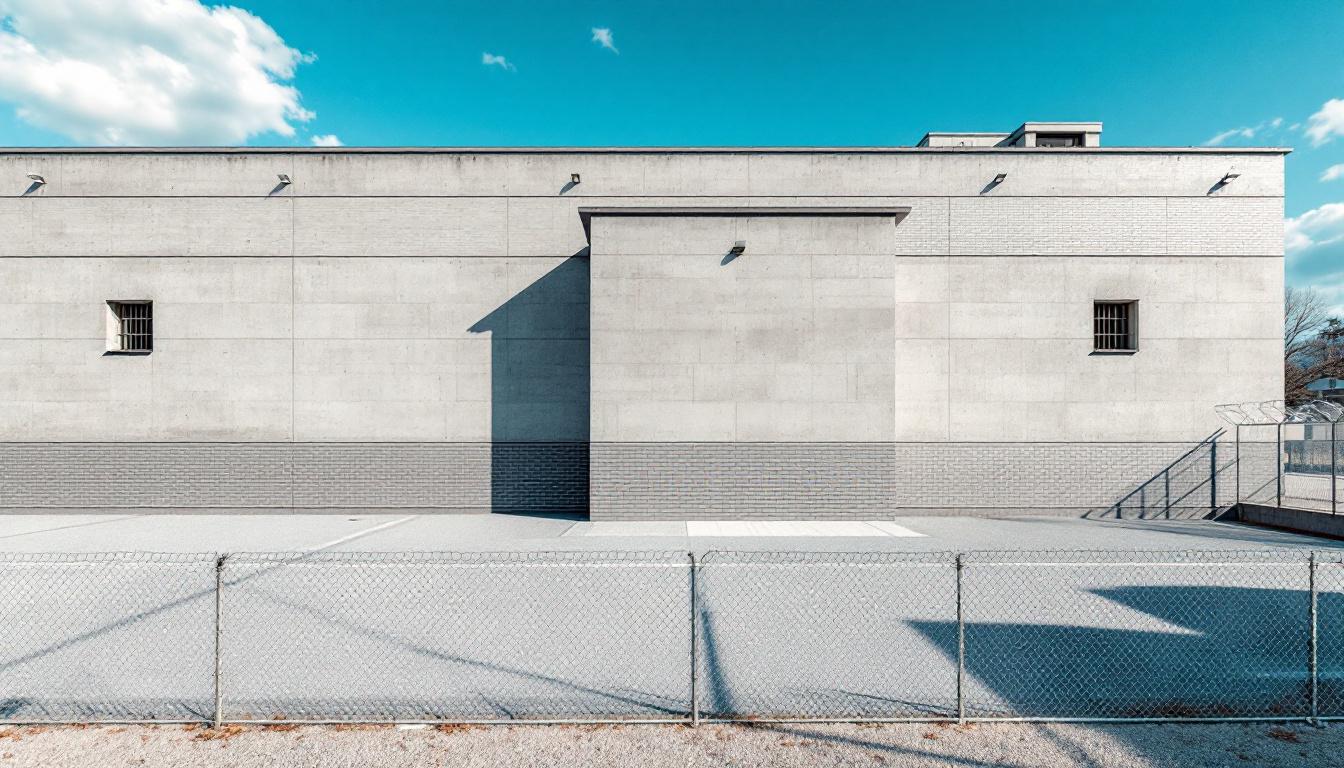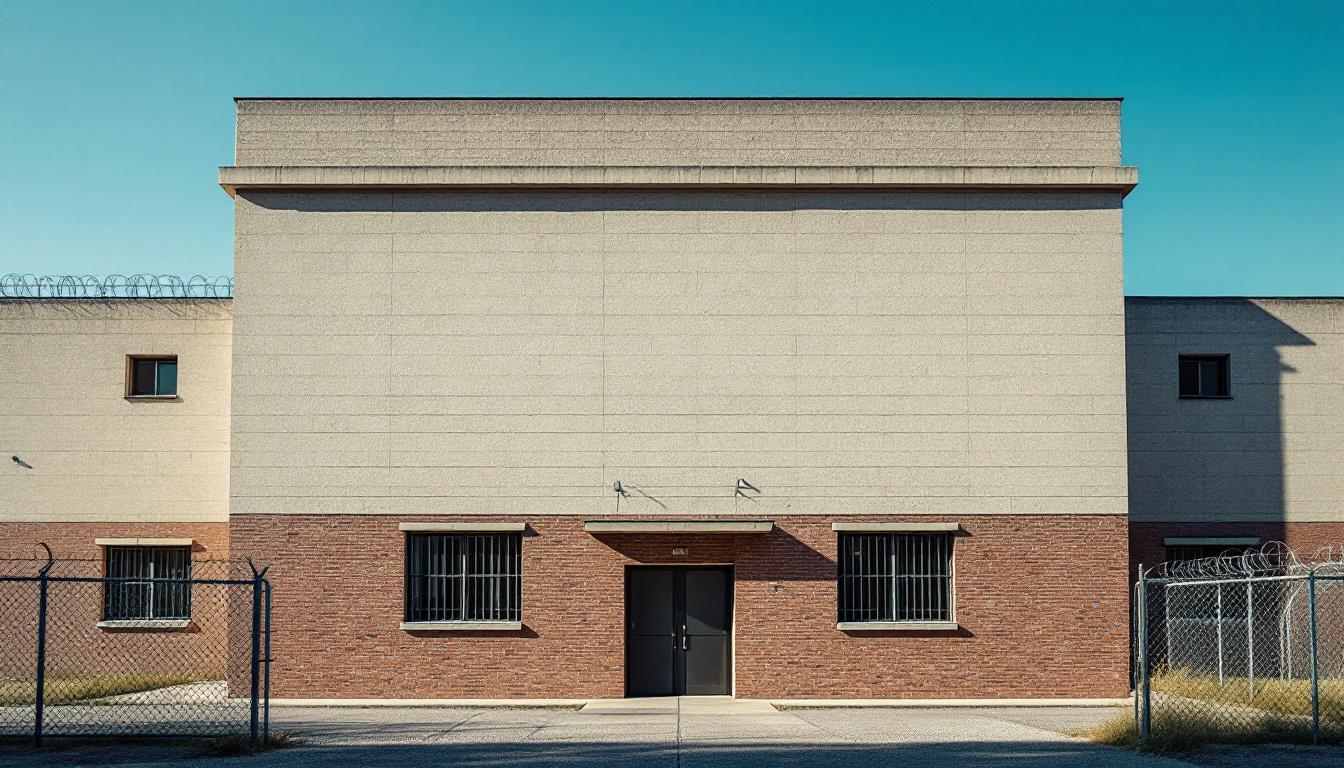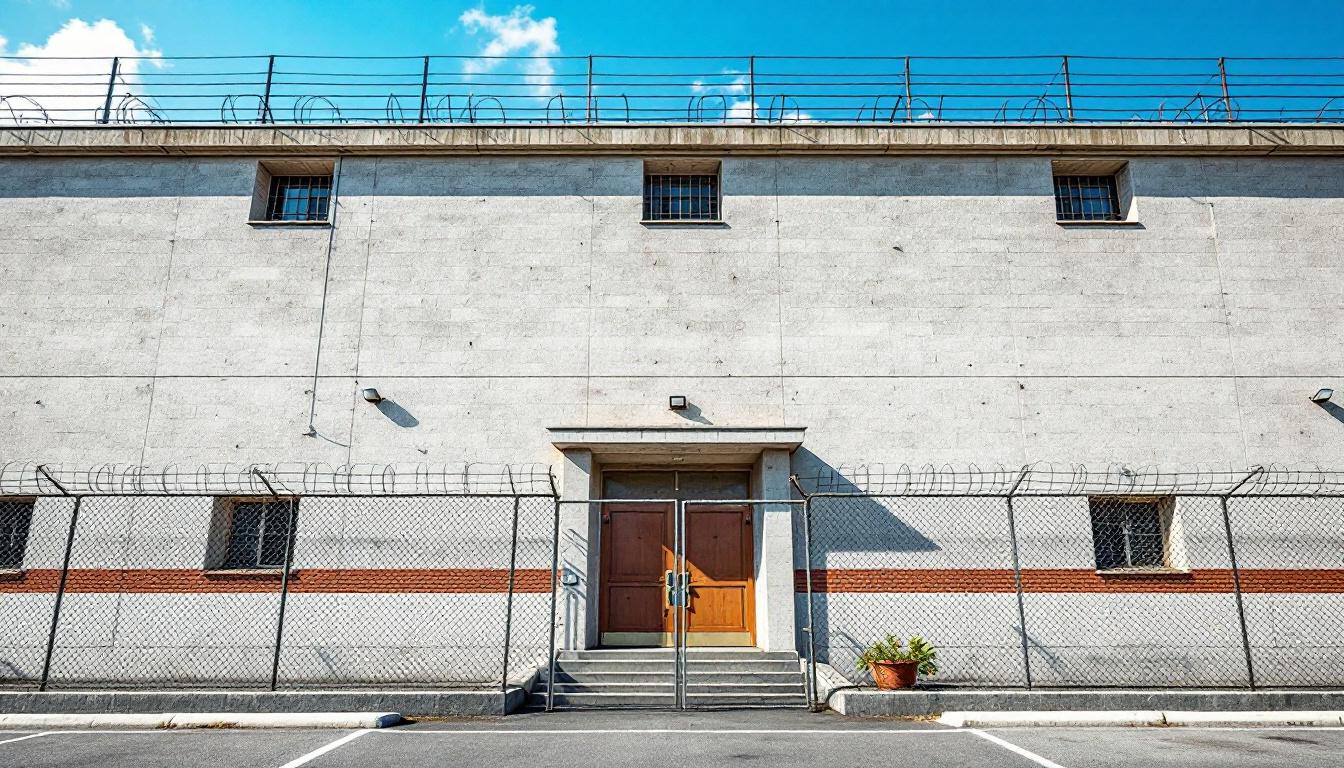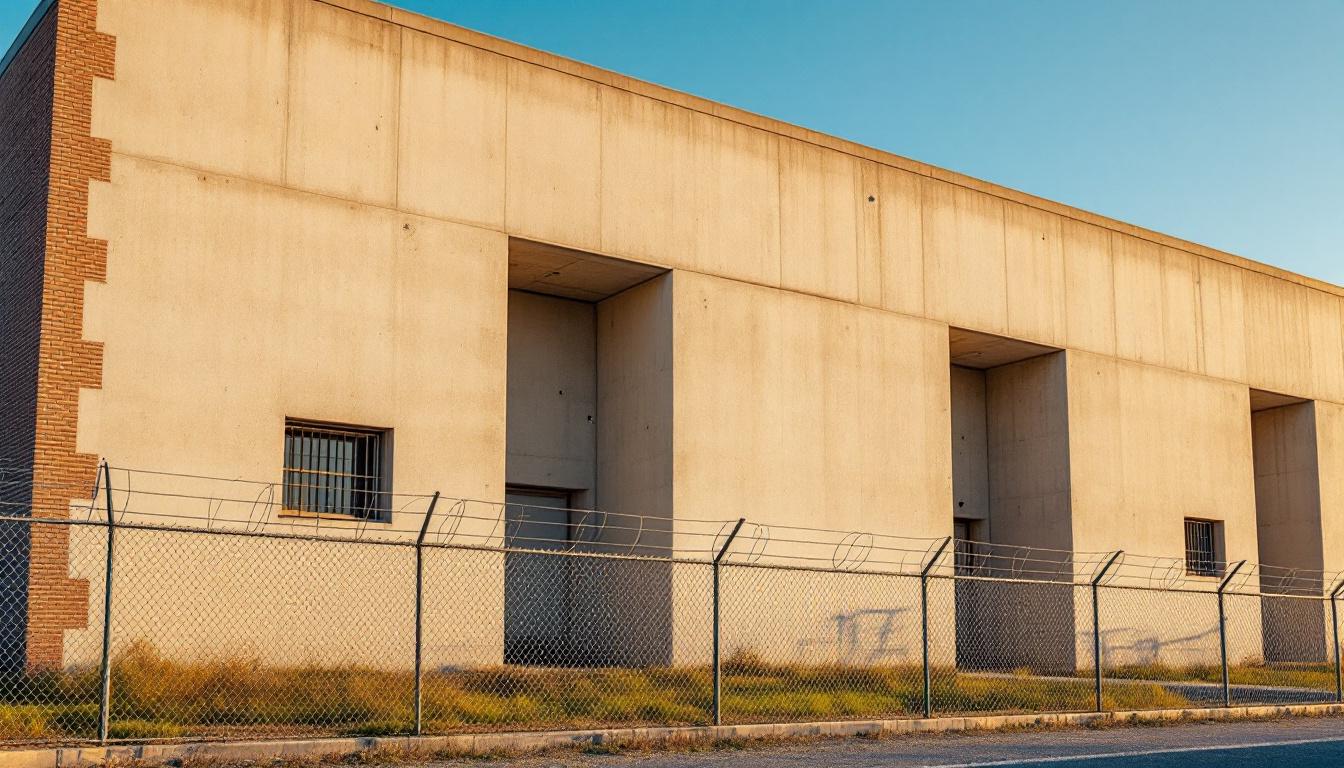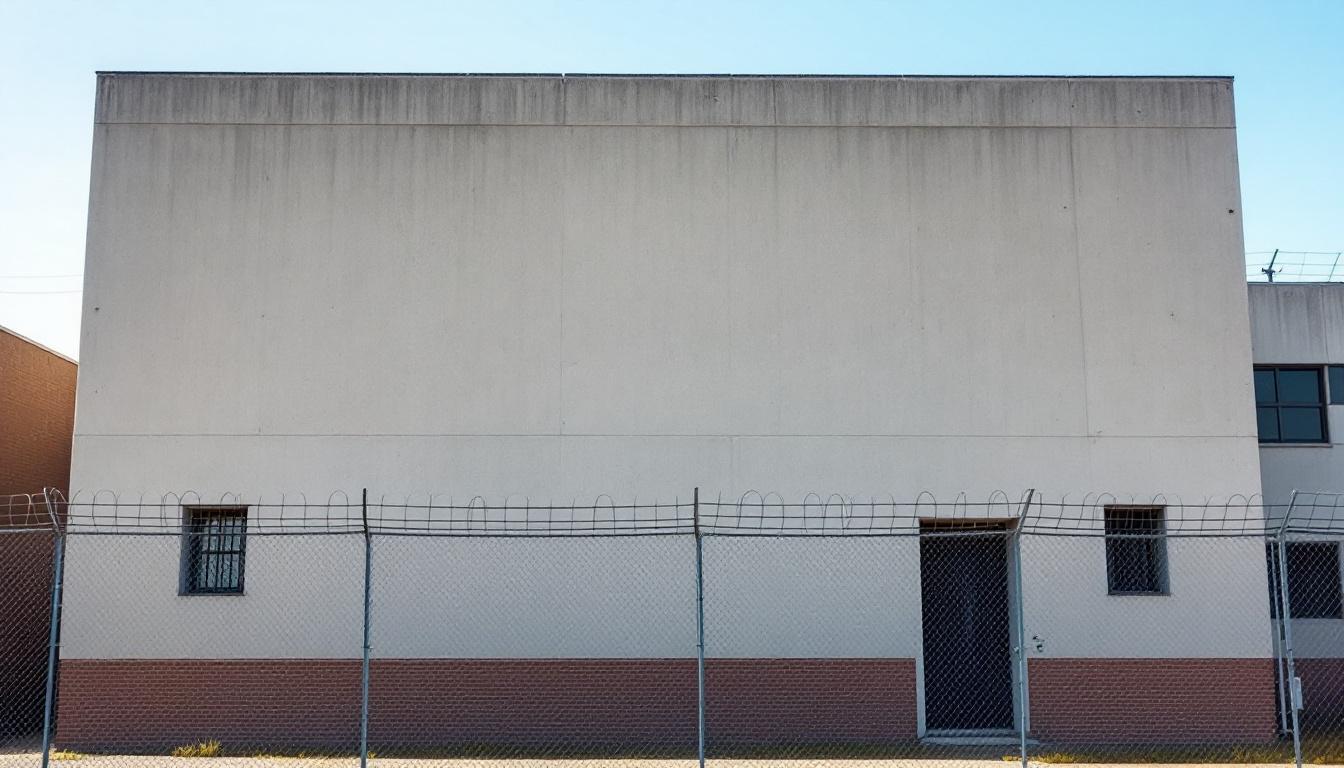
Quick Navigation
How to contact an inmate at West Texas Detention Facility
This comprehensive guide will walk you through how to connect with an inmate at West Texas Detention Facility. Follow the steps below to find an inmate and send letters and photos:
- Search for the inmate using our search tool below
- Create your account or log in to Penmate
- Write your message (up to 6,000 characters)
- Send instantly - inmates receive printed copies daily
Find an Inmate
Search for an inmate to start communicating today
Tip: You can search by first name, last name, or inmate ID number
To contact a person at West Texas Detention Facility start by searching for the person on the facility website. Perform a search by following these steps:
- Step 1: Enter their first name and last name into the search form and click "Search"
- Step 2: Locate their inmate record
- Step 3: Write down their Inmate ID and any housing information provided
Important! Be sure to enter the person's full name. Nicknames should not be used.
How to Send Messages to Inmates

You can use your phone or computer to send emails, letters, and photos to an inmate. Messages are sent electronically to inmate tablets or kiosks at the facility. If you would like to send a message, start by searching for an inmate at West Texas Detention Facility.
Sending Photos and Postcards

A great way to send love and support to a loved one at West Texas Detention Facility is to send photos and postcards. It only takes a few minutes to send photos from your phone and it makes a huge difference. You can also mail postcards with words of support and inspiration, or design your own postcard for special moments like birthdays and holidays.
Important! Be sure not to send any explicit photos or they may not be approved by the facility. You can also use a photo printing app like Penmate to make sure your photos are printed at the correct size (4x6 or 3x5) and are mailed according to the rules and regulations of West Texas Detention Facility.
Frequently asked questions about West Texas Detention Facility
-
How long does it take to deliver a message?
If you're sending an email message your letter is usually delivered within 24-48 hours. For messages sent via mail you should expect delivery within 3-7 days. All messages will need be approved by West Texas Detention Facility.
-
How much does it cost to send a message to West Texas Detention Facility?
You can send a message free using your phone or mail a message via USPS for the price of a $0.60 stamp and envelope. You can also purchase credits or e-stamps from services starting at $1.99.
-
What services can I use to contact an inmate at West Texas Detention Facility?
Penmate
You can use Penmate to send letters and photos to an inmate from your phone. It's an easy way to stay in touch during your loved one's incarceration. Use the inmate locator to find an inmate's location and contact information, then you can send messages within a few minutes.
Securus messaging
Securus may be another option for communicating with an inmate at West Texas Detention Facility. You can create a friends and family account and purchase credits to send messages. All messages will be reviewed and must be approved by the facility.
JPay
Some county jails and state prisons may support sending messages with JPay. You must register an account with the system, find your loved one, and purchase stamps to send messages. For some locations you can also attach photos.
Smart Jail Mail
You may also check if Smart Jail Mail is available at West Texas Detention Facility. Smart Jail Mail is operated by Smart Communications and has contracted with some state and county jails. After purchasing credits, your messages and photos are sent to the facility, printed out, and then handed out to your loved one.
-
What is the mailing address of West Texas Detention Facility?
Mailing address:
West Texas Detention Facility
401 South Vaquero Avenue
Sierra Blanca, TX 79851
Phone: (915) 369-2272Business hours:
- Monday: 8:00 AM – 5:00 PM
- Tuesday: 8:00 AM – 5:00 PM
- Wednesday: 8:00 AM – 5:00 PM
- Thursday: 8:00 AM – 5:00 PM
- Friday: 8:00 AM – 5:00 PM
- Saturday: 8:00 AM – 5:00 PM
- Sunday: 8:00 AM – 5:00 PM
-
What are the visiting hours at West Texas Detention Facility?
Visiting hours at West Texas Detention Facility vary by housing unit and security level. Generally, visits are scheduled on weekends and holidays, with some facilities offering weekday visits. Contact the facility directly at (915) 369-2272 or check their website for the current visiting schedule. Visits typically last 30-60 minutes and must be scheduled in advance.
-
What items are prohibited when sending mail to West Texas Detention Facility?
Prohibited items typically include: cash, personal checks, stamps, stickers, glitter, glue, tape, staples, paperclips, polaroid photos, musical or blank greeting cards, hardcover books, magazines with staples, and any items containing metal or electronics. Only send letters on plain white paper with blue or black ink. Photos must be printed on regular photo paper (no Polaroids). Always check with West Texas Detention Facility for their specific mail policies.
-
How do I send money to an inmate at West Texas Detention Facility?
You can send money to an inmate at West Texas Detention Facility through several methods: 1) Online using JPay, Access Corrections, or the facility's approved vendor, 2) Money orders mailed directly to the facility with the inmate's name and ID number, 3) Kiosks located in the facility lobby, or 4) Over the phone using a credit or debit card. Fees vary by method, typically ranging from $2.95 to $11.95 per transaction.
-
Can I schedule a video visit with an inmate at West Texas Detention Facility?
Many facilities now offer video visitation as an alternative to in-person visits. At West Texas Detention Facility, video visits may be available through services like Penmate, Securus Video Connect, GTL, or ICSolutions. Video visits typically cost $10-20 for 20-30 minutes and must be scheduled in advance. You'll need a computer or smartphone with a camera and reliable internet connection. Contact the facility for their specific video visitation policies and approved vendors.
-
What identification do I need to visit an inmate at West Texas Detention Facility?
All visitors must present valid government-issued photo identification such as a driver's license, state ID, passport, or military ID. Minors must be accompanied by a parent or legal guardian who can provide the minor's birth certificate. Some facilities require visitors to be on the inmate's approved visitation list, which may require a background check. Contact West Texas Detention Facility for specific ID requirements and visitor approval procedures.
-
How can I find out an inmate's release date?
To find an inmate's release date at West Texas Detention Facility, you can: 1) Use the online inmate search tool if available, 2) Call the facility's records department, 3) Contact the inmate's case manager or counselor, or 4) Have the inmate provide this information during a call or visit. For privacy reasons, some facilities only release this information to immediate family members.
Facility Overview
Contact Information
West Texas Detention Facility401 South Vaquero Avenue
Sierra Blanca, TX 79851
Phone: (915) 369-2272
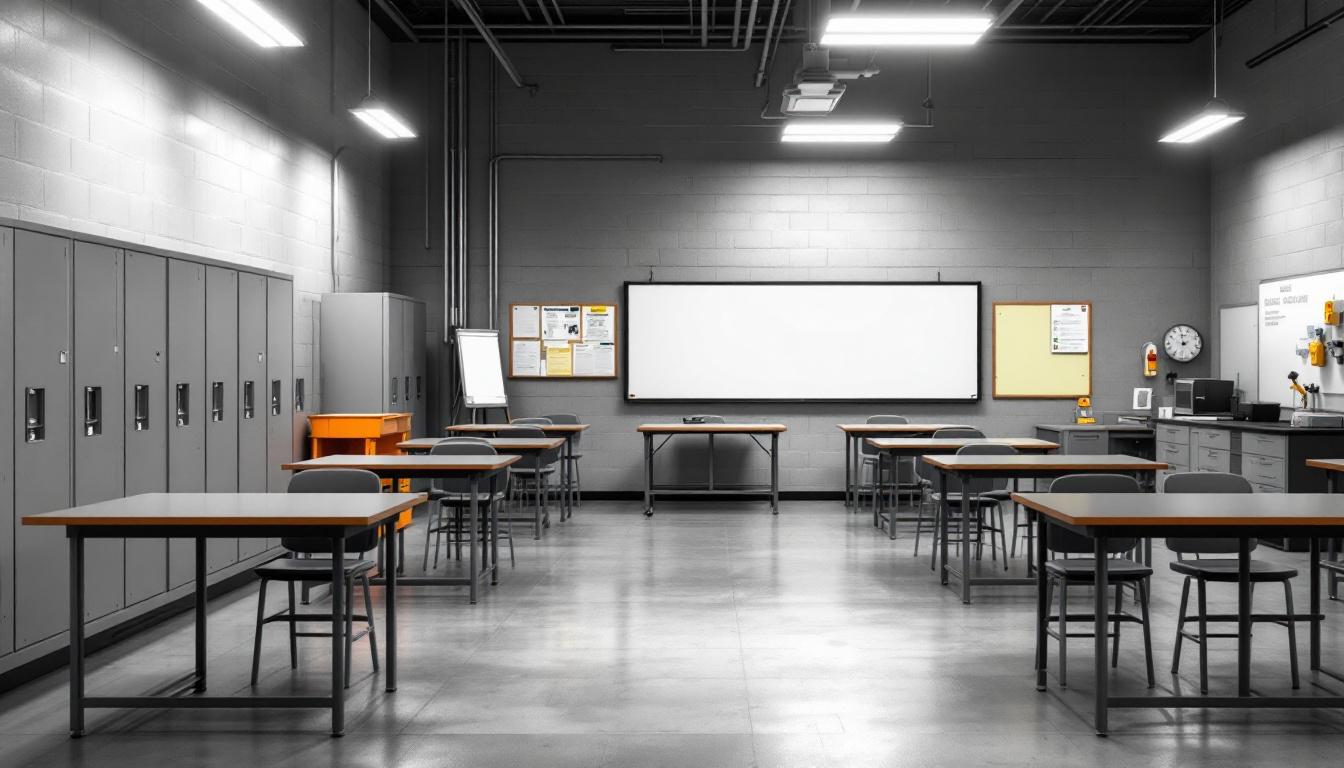
About West Texas Detention Facility
Nestled in the remote landscape of Sierra Blanca, Texas, the West Texas Detention Center serves as a significant component within the state's broader correctional infrastructure. This TX correctional facility operates in a region where vast distances between communities create unique challenges for maintaining family connections and providing comprehensive resident services. The facility typically functions as part of the coordinated network of detention centers that serve the expansive western portion of the state, where geographic isolation often requires creative approaches to program delivery and community reintegration support.
The detention center generally emphasizes maintaining security protocols while working to provide residents services that may include educational opportunities, vocational training programs, and behavioral health support. Staff members often focus on creating structured environments that balance safety requirements with rehabilitation-focused programming designed to prepare individuals for successful community reentry. Programs typically encompass basic education services, substance abuse counseling, and life skills development, though specific offerings may vary based on facility resources and resident population needs.
Within the broader regional corrections network, this Sierra Blanca facility often serves populations from across West Texas, requiring coordination with various counties and judicial districts throughout the area. The detention center's role in the state system typically involves housing individuals at different stages of the legal process, from pre-trial detention through sentenced populations, which influences the types of programs and services that may be available to residents at any given time.
Programs & Services
Comprehensive rehabilitation initiatives at West Texas Detention Center focus on equipping residents with practical skills and personal development opportunities that support successful community reintegration. The facility's approach emphasizes hands-on learning experiences combined with structured support systems. These initiatives typically operate through a multi-tiered framework that addresses educational gaps, develops marketable job skills, and provides therapeutic outlets for personal growth.
Educational and vocational initiatives form the cornerstone of resident development opportunities. Financial literacy courses may deliver essential knowledge about budgeting, credit management, and banking fundamentals that residents often lack upon entry. Moreover, vocational training initiatives typically include carpentry programs where participants learn construction techniques, tool usage, and safety protocols. These hands-on experiences often provide residents with industry-recognized skills that translate directly into employment opportunities upon release, while building confidence through tangible accomplishments.
Support services and therapeutic initiatives complement formal education through diverse engagement opportunities. Work programs typically allow residents to develop job readiness skills while contributing to facility operations and maintenance. Faith-based initiatives often provide spiritual guidance and community connection for those seeking religious support during their incarceration. Additionally, animal care programs may offer therapeutic benefits through structured interaction with facility animals, teaching responsibility and providing emotional outlets. These varied initiatives work together to address the multiple factors that contribute to successful rehabilitation and community reintegration.
Daily Life & Visitation
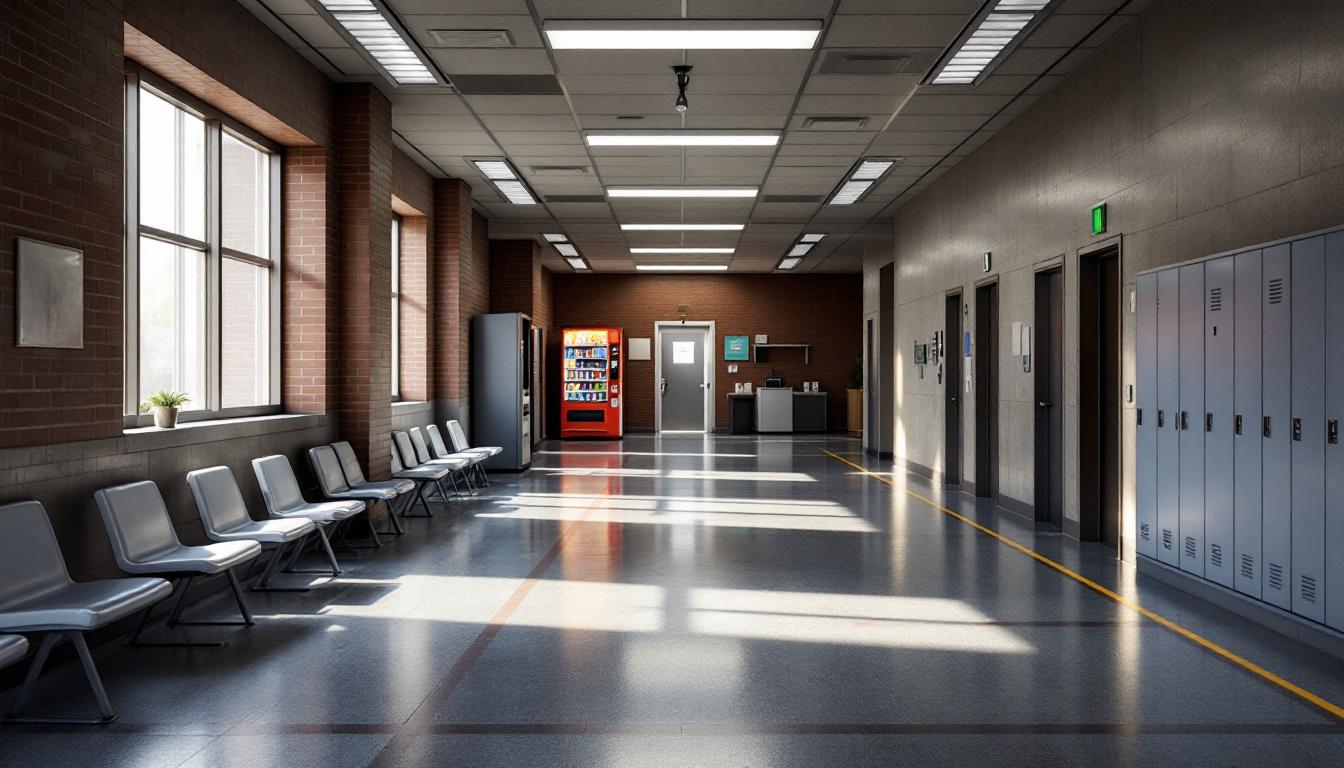
Structured routines now form the backbone of daily life, with residents following consistent schedules that typically begin with early morning wake-up calls and proceed through designated meal times, work assignments, and recreational periods. These carefully organized timeframes help establish predictability and order throughout each day. Residents regularly participate in count procedures and move between different areas of the facility according to established protocols that maintain security while allowing for necessary activities.
Living accommodations at the facility generally consist of shared housing units where residents are assigned beds and limited personal storage space. Meals are typically served in common dining areas at scheduled times, with residents receiving nutritionally planned food service that meets dietary requirements. The commissary system usually allows residents to purchase approved personal items and snacks when funds are available, providing some personal choice within the structured environment.
Moreover, recreational opportunities may include access to outdoor exercise areas, television viewing in common spaces, and organized activities that help residents maintain physical fitness and social connections. Work assignments often deliver additional structure through various facility maintenance and operational roles that residents can typically perform. Whereas daily routines remain consistent, visitation policies generally allow approved family members and friends to maintain contact through scheduled visits and phone calls, helping residents preserve important relationships during their time at the facility. These communication options usually include both in-person visits and telephone access, though specific scheduling and duration may vary based on facility policies and individual circumstances.
Ready to Connect?
Start communicating with your loved one today
Search for an Inmate
